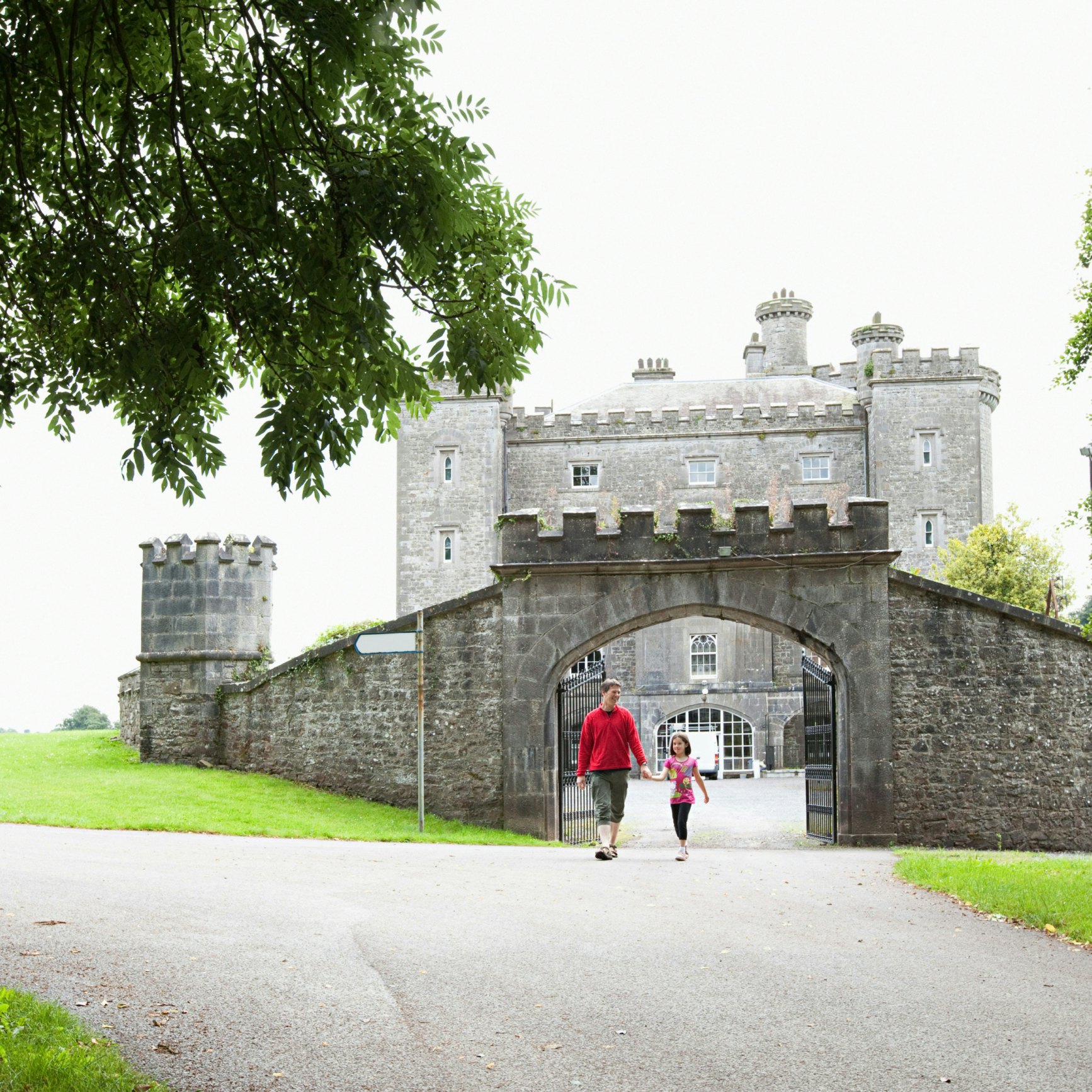

Robert Ormerod for Lonely Planet
Overview
A small island with a memorable punch, Ireland's breathtaking landscapes and friendly, welcoming people leave visitors floored. You'll want to go back for more.
Leave the planning to a local expert
Experience the real Ireland. Let a local expert handle the planning for you.
Must-see attractions
Planning Tools
Expert guidance to help you plan your trip
Best Things to Do
From spectacular swims to dramatic coastal vistas and charming castles, Ireland offers many fantastic adventures and places to visit.
Read full article
Best Places to Visit
These 11 beautiful destinations in Ireland help ensure a memorable visit that suits every season and mood, making the most of the small European island.
Read full article
Best Time to Visit
From summer sun and fabulous festivals to off-season bargains and crowd-free attractions, here's everything you need to know about when to visit Ireland.
Read full article
Things to Know
Lonely Planet writer and Ireland native, Fionn Davenport, shares his top 10 tips to have the best time in Ireland.
Read full article
Transportation
You don’t need a rental car to explore the Emerald Isle. Here are all the options for getting around beautiful Ireland.
Read full article
Visa Requirements
Who wouldn't jump at the chance to visit the Emerald Isle? Here’s how to check if you need a visa before setting off on your Irish adventure.
Read full article
Money and Costs
There are plenty of ways to make your money go further during your visit to Ireland. Read on for our local expert tips.
Read full article
Traveling with Kids
With its bounty of natural attractions, outdoor adventures and cultural sites, Ireland is packed with family-friendly activities. Here are our top picks,
Read full article
Best Road Trips
What’s the best way to get the best of the natural beauty and famous charm of Ireland? Hit the (rural) road on these top road trips.
Read full article
Get a book. Get inspired. Get exploring.
in partnership with getyourguide
























